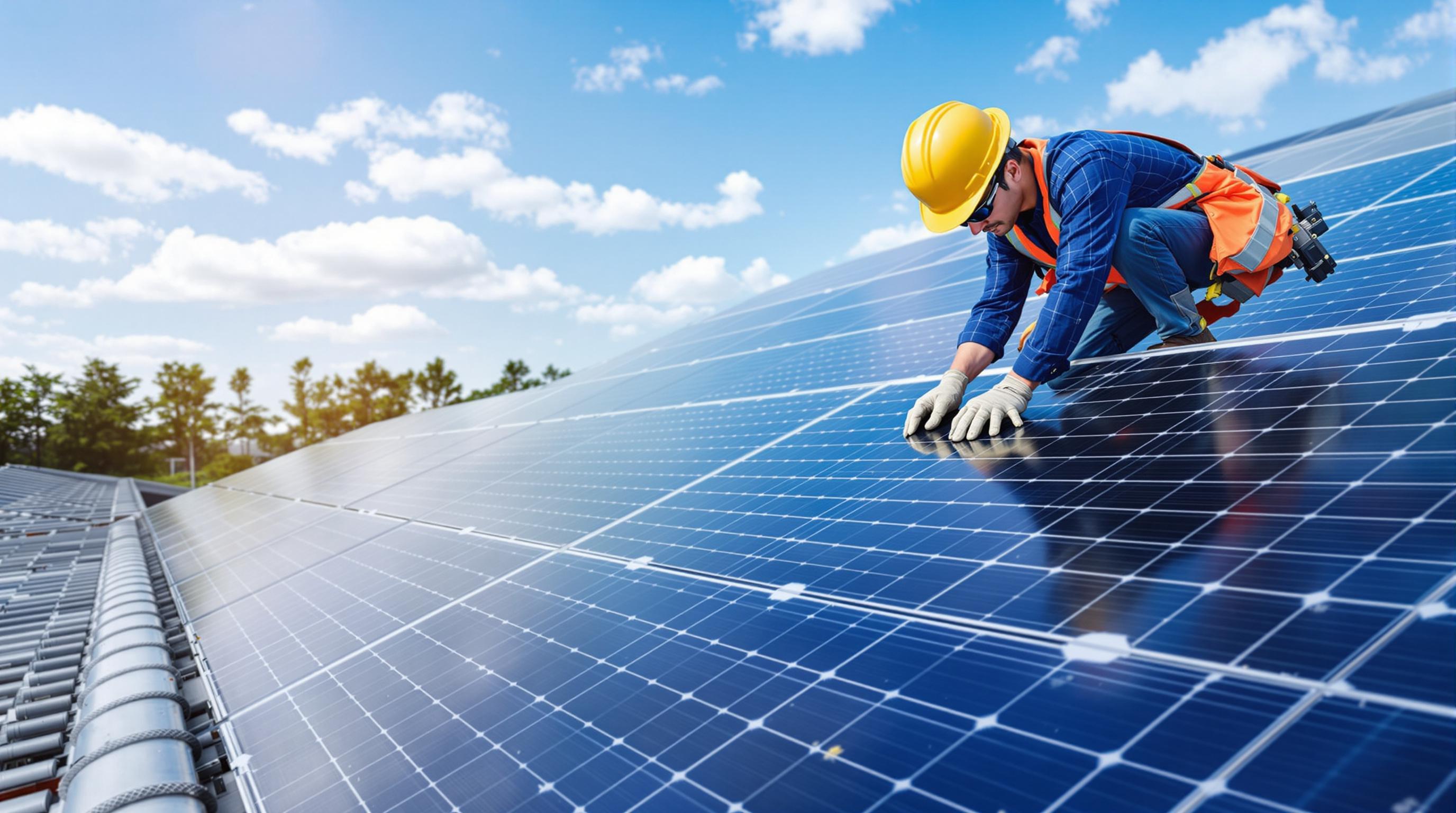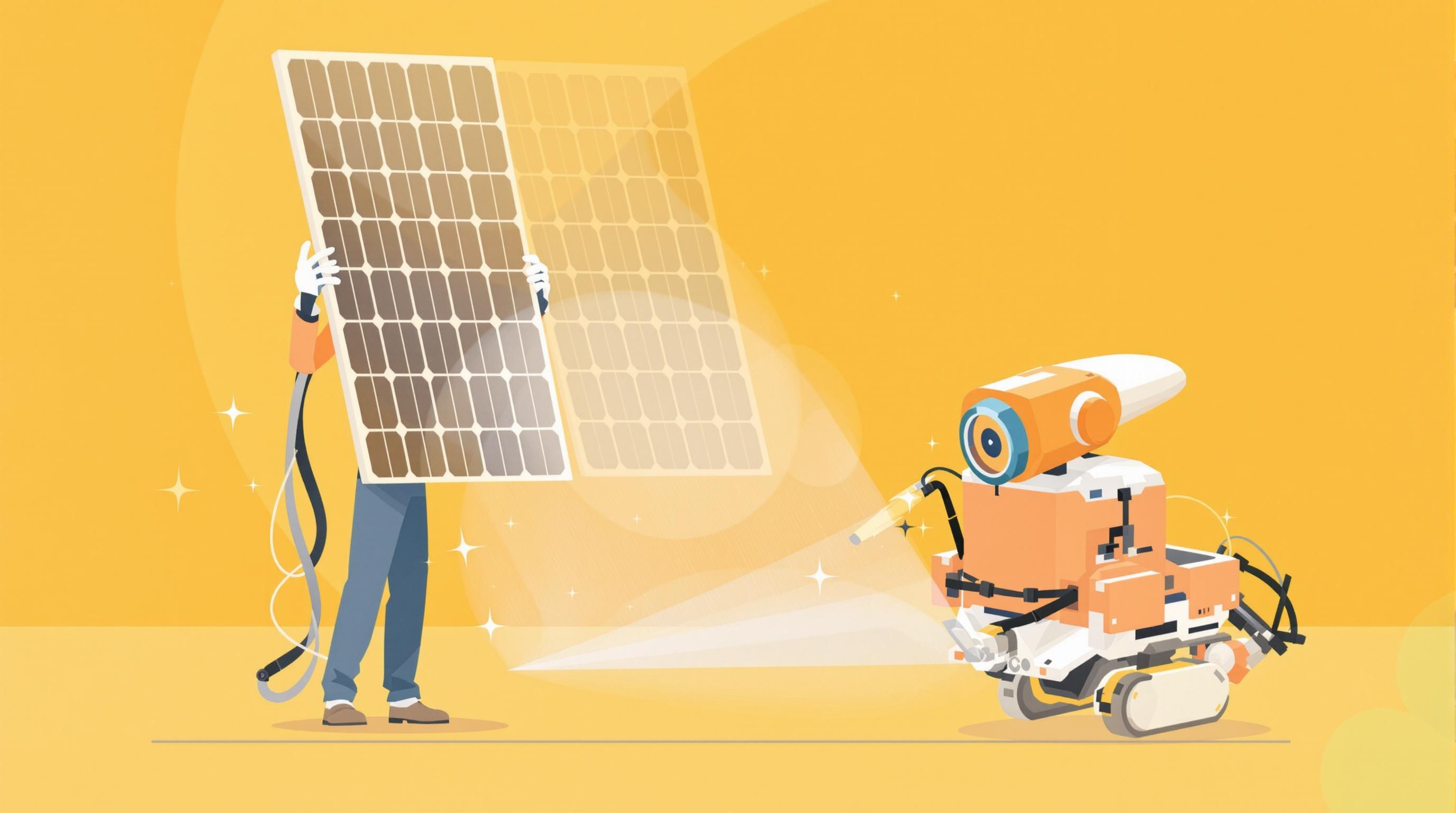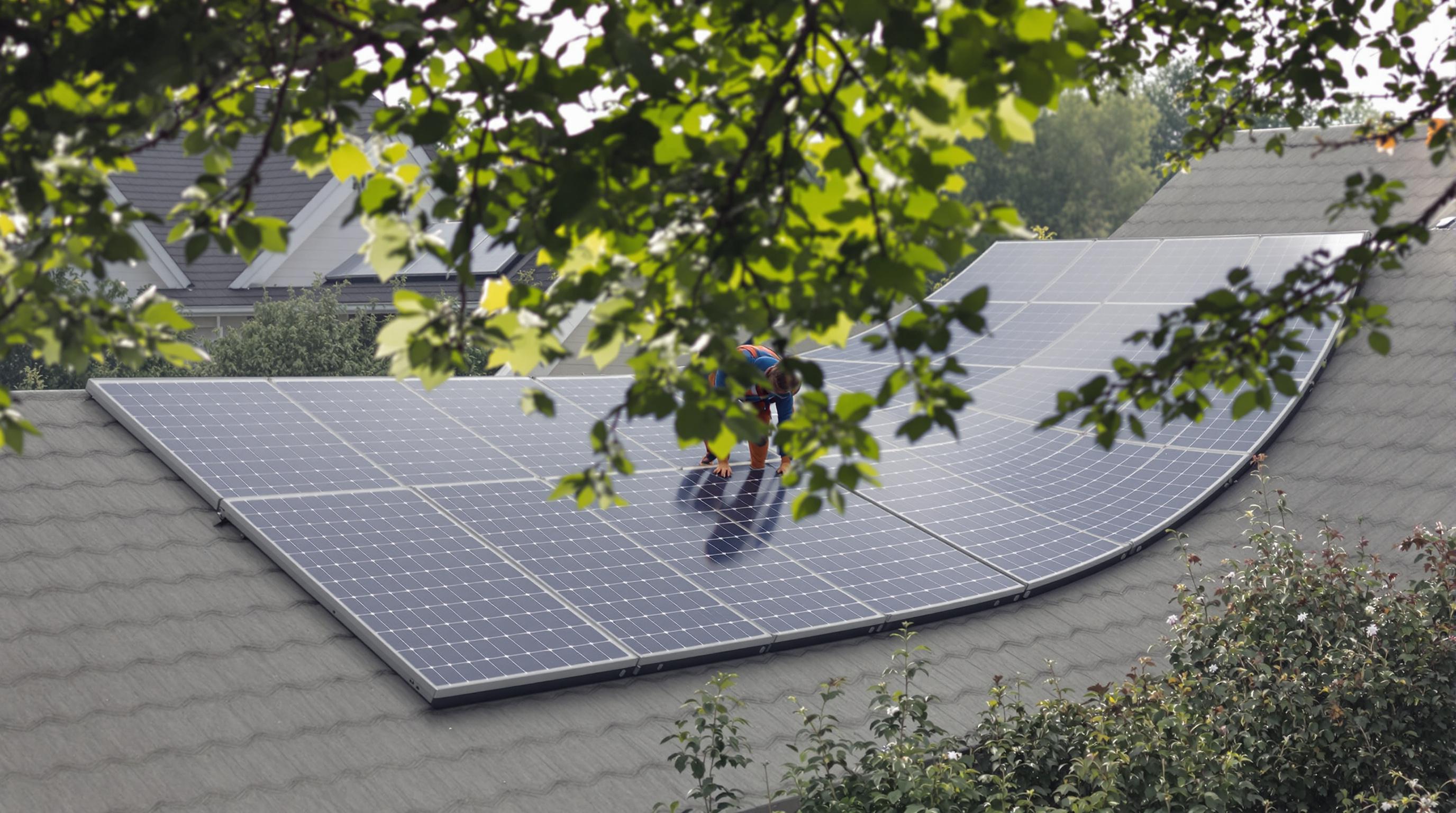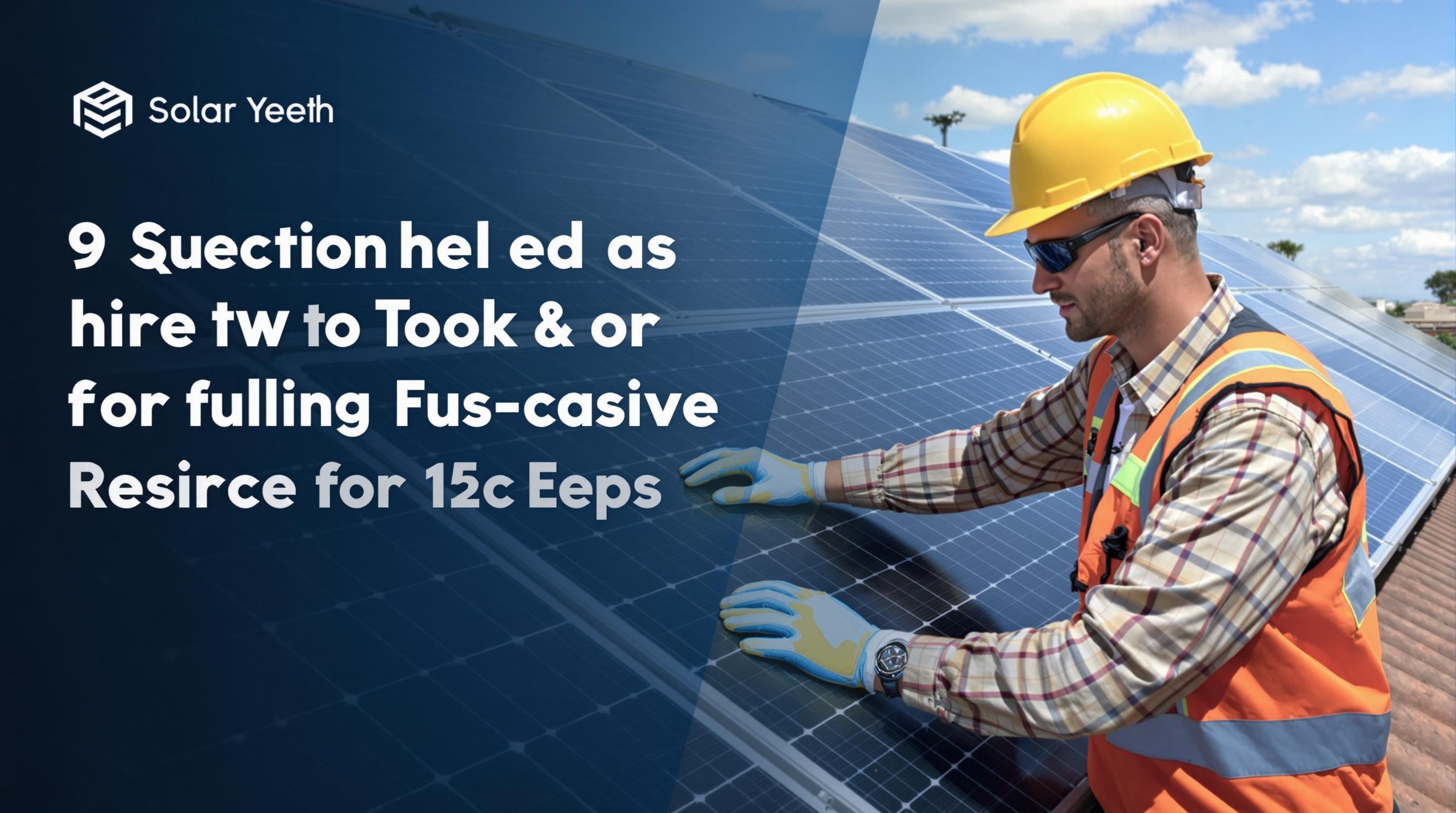Related Articles
- 6 Revolutionary Solar Panel Cleaning Robots Since 2019 Rated for Efficiency and Contractor Appeal
- How Unexpected Weather Patterns Are Shaping Homeowner Choices in Solar Installation Partnerships
- How Solar Inverter Noise Pollution Affects Urban Wildlife and What Manufacturers Are Overlooking
- How Solar Inverters Influence Home Resale Value and What Buyers Rarely Consider Before Purchase
- How Microclimates Secretly Shape Solar Energy Output in Unexpected Urban and Rural Landscapes
- The Quiet Role of Microclimates in Shaping Solar Harvesting Outcomes Beyond Conventional Efficiency Measures
Top 6 Emerging Tech Solutions Launched Since 2019 That Elevate Solar Installation Success and Contractor Profitability
Top 6 Emerging Tech Solutions Launched Since 2019 That Elevate Solar Installation Success and Contractor Profitability
Top 6 Emerging Tech Solutions Launched Since 2019 That Elevate Solar Installation Success and Contractor Profitability
The solar industry has witnessed rapid growth over the past few years. Emerging technologies launched since 2019 have unlocked new efficiencies and enhanced profitability for contractors. These tools help optimize installations, reduce errors, and improve client engagement—fundamental to scaling solar adoption.
Contractors face tight margins and increasing competition. Integrating innovative solutions can turn volatile project pipelines into smoother, more predictable operations. From design automation to monitoring, technology shores up the critical stages of solar deployment.
This article highlights six cutting-edge tech solutions impacting solar contractors since 2019. Each section details the benefits, practical use, and financial upside that promise stronger project outcomes and healthier bottom lines.
1. AI-Powered Design Software
Since 2019, AI-driven design platforms have transformed solar system engineering. These tools use machine learning to create optimal panel layouts based on roof geometry, shading, and energy load data.
Designs generated by AI optimize panel placement for maximum efficiency, reducing the need for costly revisions during installation. Contractors save time on custom designs, shortening project lead times.
For instance, Aurora Solar’s AI-based platform has been widely adopted for its precision and speed, leading to fewer errors and increased customer satisfaction
(Aurora Solar, 2023).
2. Drone Site Surveys
Drones equipped with high-resolution cameras and thermal sensors have become integral in site surveys. Since 2019, affordable drone use has surged, enabling quick inspection of rooftops and terrain.
Drones provide accurate measurements and detect shading or defects invisible from the ground. This reduces guesswork and risks, allowing contractors to better plan equipment and labor.
Companies leveraging drone tech report up to a 30% reduction in survey time, improving scheduling efficiency and cutting costs
(DroneDeploy, 2022).
3. Augmented Reality (AR) Visualization
AR applications now let customers and installers visualize solar panels on a property before installation. Launched in recent years, this tech brings interactive, 3D previews directly through smartphones or tablets.
AR enhances customer engagement and accelerates decision-making. Contractors reduce uncertainty and avoid rework by showing exactly how systems fit with existing features.
Studies find AR demos increase closing rates by up to 25%, making it an invaluable sales and planning tool for solar companies
(Harvard Business Review, 2021).
4. IoT-Enabled Monitoring Platforms
Since 2019, Internet-of-Things (IoT) sensors connected to cloud platforms offer real-time monitoring of solar array performance. This data-driven approach enables early detection of faults or inefficiencies.
Contractors utilize these insights for proactive maintenance and improved system uptime. Customer satisfaction grows as panels consistently deliver promised energy savings.
Platforms like Enphase Enlighten provide accessible interfaces, empowering installers with ongoing operational visibility that adds value and prompts additional service opportunities
(Enphase Energy, 2023).
5. Advanced Battery Integration Software
Energy storage solutions have advanced alongside solar installations. New software optimizes battery usage and grid interaction, ensuring stored solar energy is deployed at peak times.
Contractors employing these systems help customers maximize energy independence and financial returns from storage assets.
Since 2019, battery management platforms like Tesla Powerwall’s accompanying software have improved user interfaces and predictive analytics, boosting appeal and system performance
(Tesla, 2022).
6. Automated Permit and Inspection Tools
The permitting process traditionally delays solar projects. Emerging automated software streamlines permit applications and schedules inspections more efficiently.
These tools reduce administrative burdens and shorten approval timelines. Contractors get faster project starts, improving cash flow and resource allocation.
Companies using platforms like PowerClerk report up to 40% faster permit turnaround times since 2019, accelerating project completion and profitability
(PowerClerk, 2021).
Conclusion
Adopting new technologies since 2019 drives tangible improvements across the solar installation value chain. From design to maintenance, AI, drone, AR, IoT, battery, and automation solutions have elevated contractor efficiency and profitability.
As competition intensifies, embracing these innovations is becoming less optional and more essential. Contractors who integrate these emerging tools distinguish themselves through faster deliveries, better quality, and stronger customer relationships.
To stay competitive, solar businesses must continue evaluating tech developments and adopt those that align best with their operational goals and market demands.




